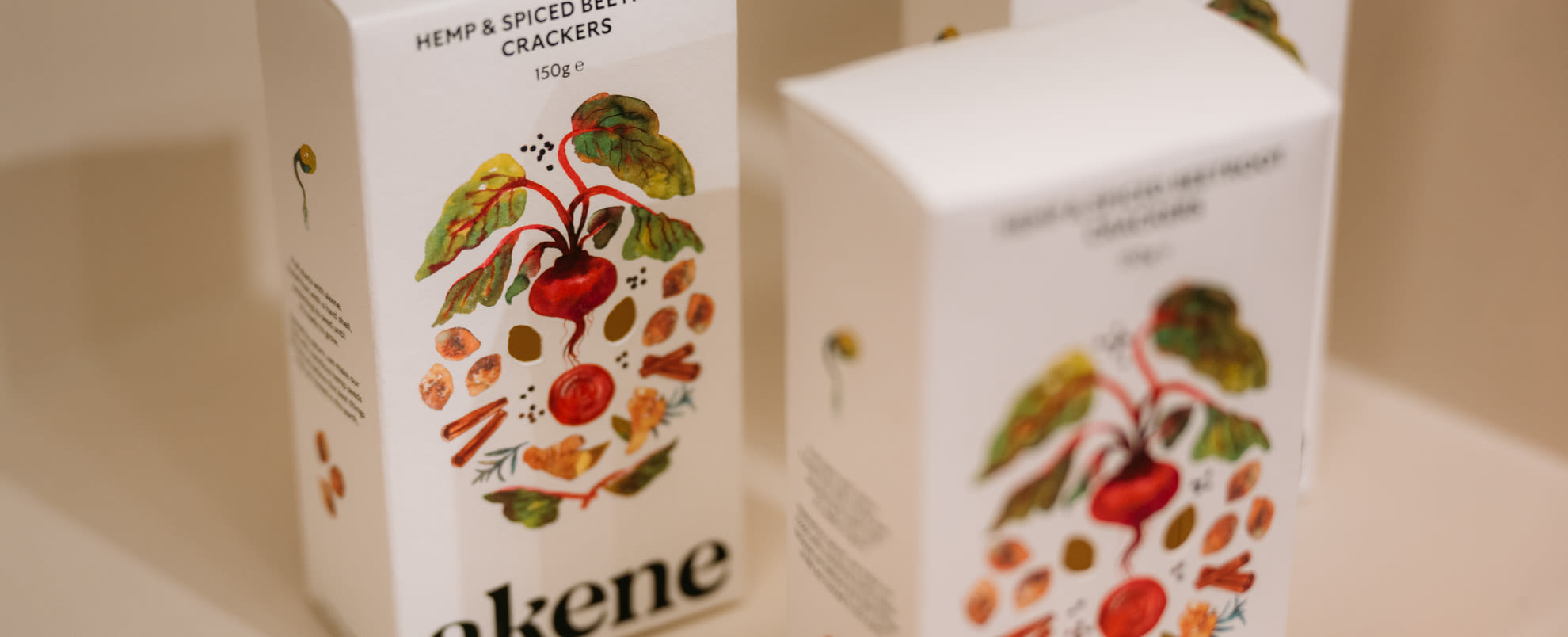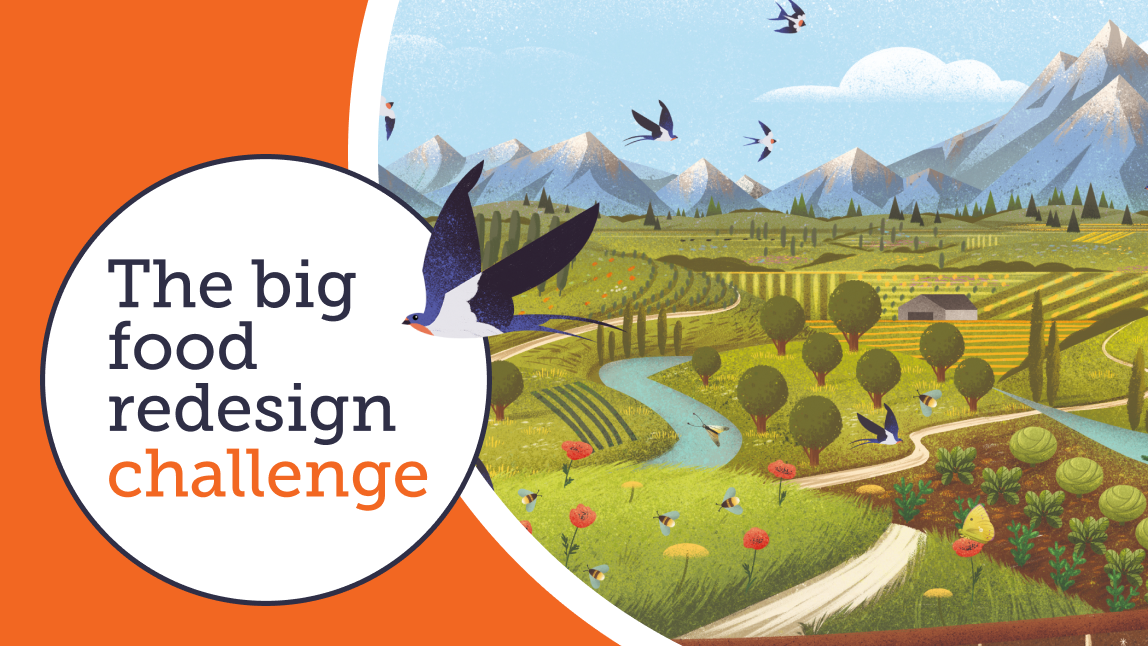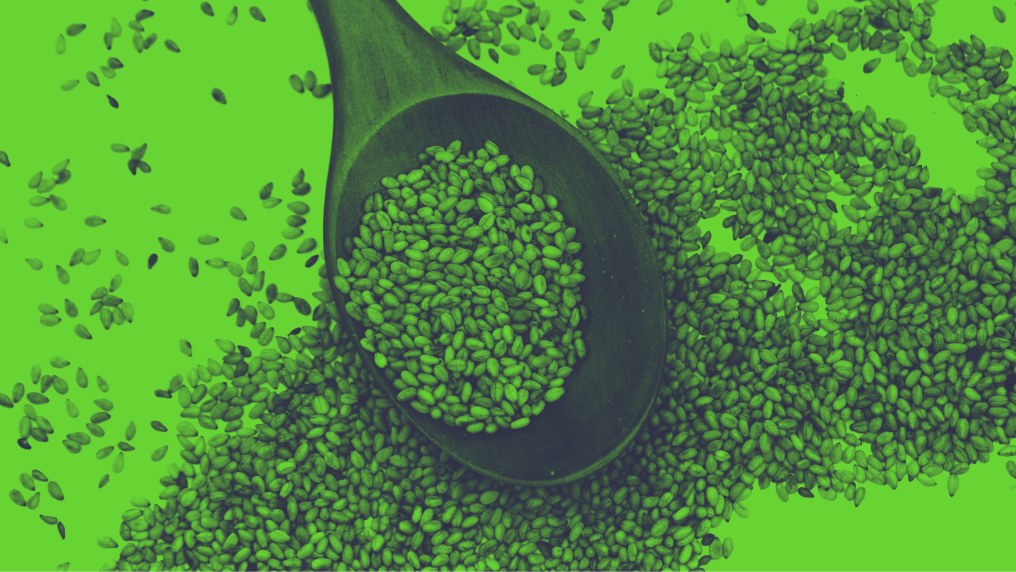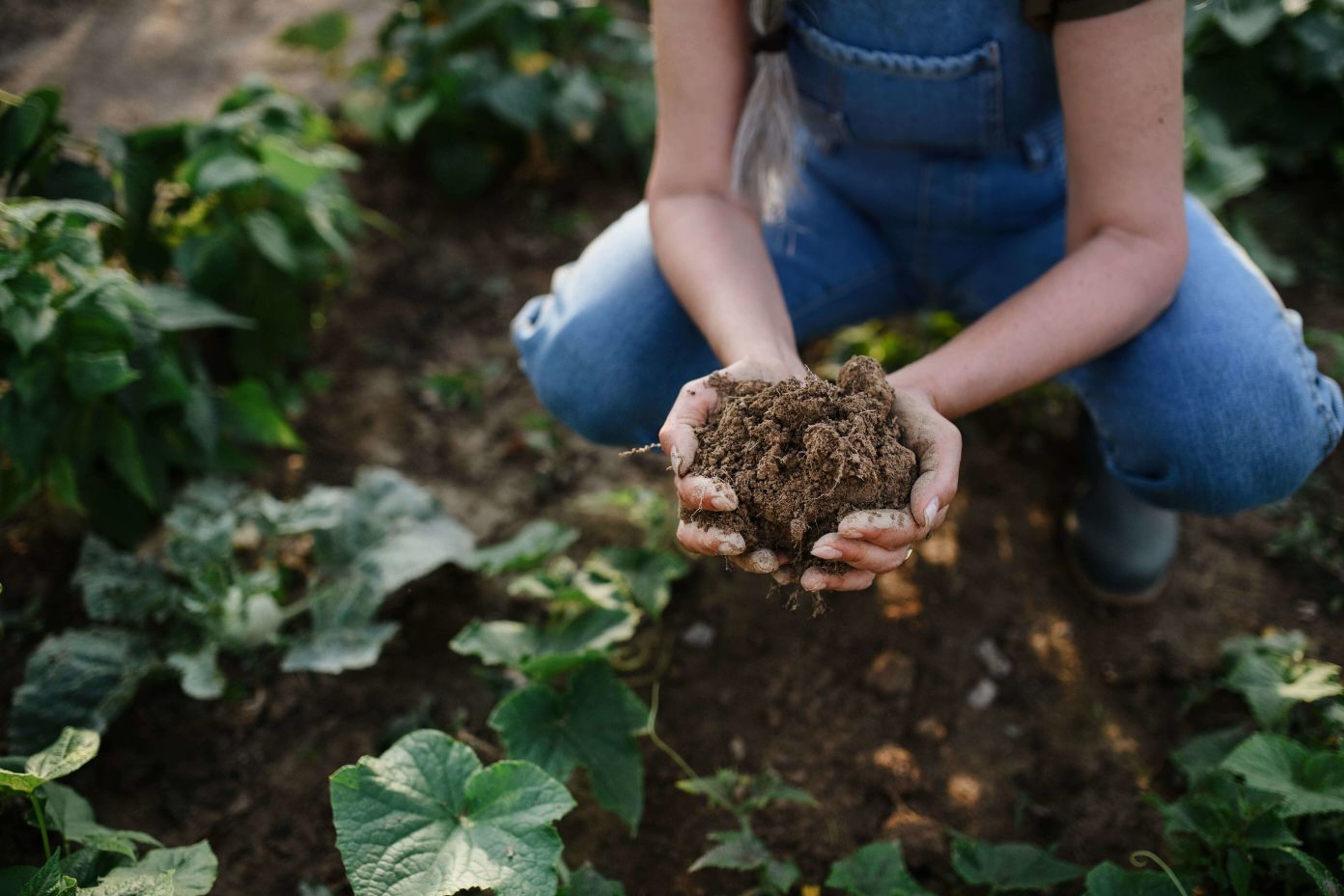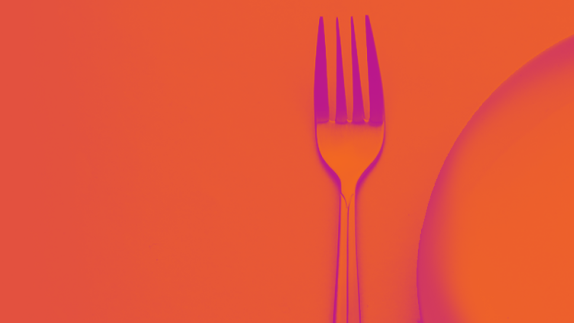When we launched the Big Food Redesign Challenge in 2023, we started with a simple question – is it possible to design food products that help nature thrive?
Two years and many conversations later, the answer is a resounding yes, reflected by the interest in our product launch event. Circular design is being acknowledged as an effective corporate strategy to make better use of resources while also regenerating the natural world: the ultimate win-win.
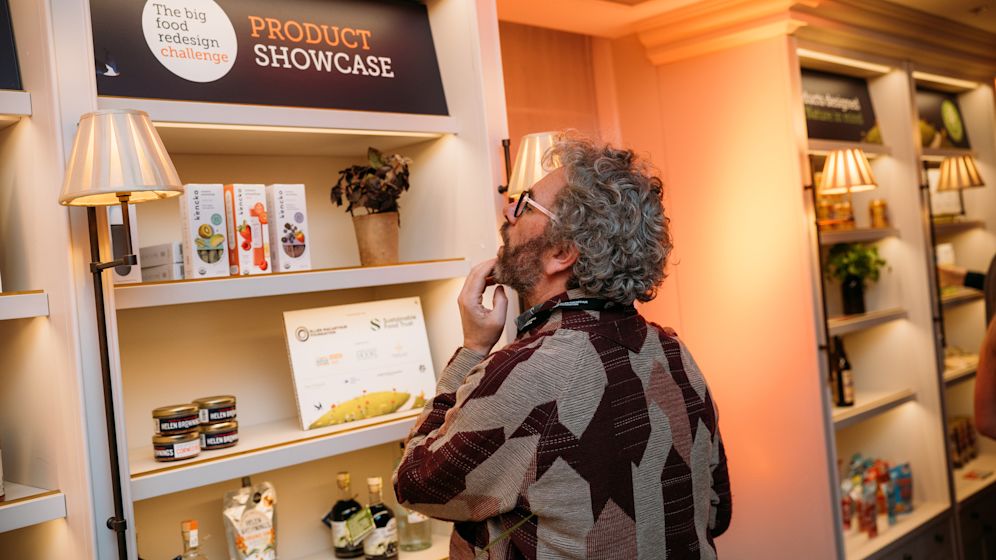
Circular design for food refers to the practice of creating food products in ways that help to actively regenerate landscapes. By prioritising regeneratively-grown lower impact, diverse and upcycled ingredients, more nutrients can be cycled between people and earth. Focusing on design means waste can be headed off at source, saving valuable energy and resources. This is all the more needed when you consider that the food industry currently generates one third of global greenhouse gas emissions.
Circular Design for Food Framework

As part of our analysis of what we can learn from the journeys of our 57 intrepid Challenge participants, we used HowGood, a system for rating sustainable food products, to help us measure how well their products are delivering for nature.
The results were greater than we dared to expect. The 141 products out-performed the norm on overall impact metrics by almost 20%, a leap that includes improvements in biodiversity and soil health.
Collaboration equals resilience all round
What we couldn’t have foreseen two years ago is quite how quickly the global food sector has moved into volatility. Geopolitical conflict plus an acceleration of the effects of climate change means that farmers are struggling with the effects of extreme floods and droughts, and businesses are struggling to maintain supplies.
The Challenge has shown how greater collaborations between these two groups can aid better resilience for both of them. At the planning stage we were conscious that 60% of the calories consumed globally were derived from just four crops – a shocking level of dependance. Part of the theory behind circular design for food is that by building more diversity into the food system everyone (birds, bees AND brands) benefits.
Now we can see how that theory looks in practice. The Challenge has delivered some inspiring examples of food companies expanding their food design horizons, offering ways to futureproof supplies in tandem with producing better outcomes for nature.
Kenya-based Dunia Bora creates drinks and biscuits from cactus that would otherwise become a nuisance for farmers and their grazing livestock. Founder Vincent Muhoro has worked in close collaboration with his cactus suppliers from the outset, showing them how the use of regenerative production methods can help them mitigate the effects of extreme weather events. This shot to the top of his agenda last summer, while he was filming an update for us, when Kenya’s Laikipia region was hit by serious flooding. One of the cactus farmers told us;
“we are rooting for Vincent as his win is our win. A win for the Earth too”.
The aptly-named Planting Hope has also found that considering nature within product design has aided resilience of supplies. Its plant milk brand uses sesame for its milk rather than oat, almond, or soy, significantly reducing the brand’s environmental impact. This effect is amplified as it is working within a sector that is already popular with consumers. Sesame, known as a ‘survivor crop’, needs much less water to grow than other plant milk alternatives, is naturally pest-resistant, and doesn’t rely on bees for pollination. It also acts well as a cover crop, keeping living roots in the soil — a key principle of regenerative production.
It’s a great example of considering the needs of nature at strategic level. But this route delivered commercially for the brand, with its nature focus helping it to secure listings in US grocery retailers CostCo and Kroger. Prioritising diversity in its ingredient sourcing also helped to bolster its supply resilience. When the Ukraine war caused the interruption to its supplies of sunflower lecithin, the offbeat choice of a replacement emulsifier – chickpea aquafaba – turned out to function better than the original.
Bake it in
Hemp is another hard-working ingredient suited to a more volatile climate. It sucks more CO2 out of the air per hectare than trees, and is naturally disease and pest-resistant, reducing the need for chemicals in its production. It’s also a fast-grower, making it a relatively low-risk crop to cultivate. Great news for farmers and procurement teams.
Welsh brand Prohempotic is developing a range of snacks from hemp, starting with its hemp and spiced beetroot crackers, and is working with local farmers to support them to build up hemp supplies. It turns out that looking beyond the obvious in product design can reap dividends aplenty – for nature, but also for business continuity.
But circular design isn’t about a bit of product development wizardry sprinkled across the portfolio. It is most effective when it is baked into corporate strategy right from the start.

Want to stay up to date?
Sign up to our newsletter for more updates on how to apply circular design to your food business.
